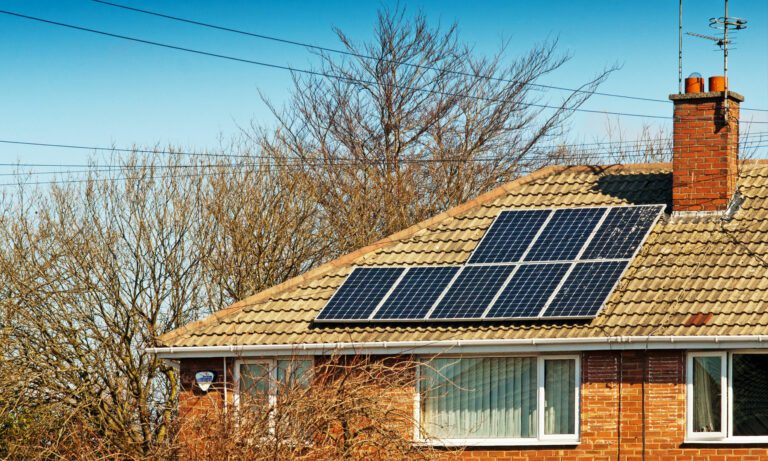
Solar Panels
Making the most of your solar panels
Some of our homes are fitted with solar panels. Here’s a short guide explaining how they work and how you can get the most out of the electricity they produce.
Solar Panels (sometimes known as ‘solar PV’) use light from the sun to generate free electricity during the day.
The electricity produced will either get used by electrical items in your home straight away or, if unused, will be transported to the National Grid.
More electricity will be generated during the summer when the days are longer and lighter, however some electricity will be produced even when it is cloudy.
Over time you will notice a reduction in your electricity bills but you will make bigger savings if you adapt your electricity use to the make the most of your panels.
Using your panels to save money
When you use the electricity as it is being generated – it’s FREE. But your panels will only generate a certain amount of electricity. If you use more electricity than you are producing you will have to pay for it. You will also be charged by your supplier for any electricity used after dark.
Here are some handy hints:
- Where possible use electrical items during daylight hours
- Only use one major appliance at a time, as even when it is sunny your panels may not provide enough electricity to power more than one appliance at the same time
- Try to keep jobs that need more electricity such as ironing, vacuuming and washing clothes for the middle of the day
- Charge electrical items such as phones, toothbrushes and phones during daylight hours
The number of appliances you can power for free will depend on the location and size of your panels and also the weather. Different types of appliance use different amounts of electricity. Keep an eye on your smart monitor to see how much energy you are producing in kilo watt hours.
Your Energy Smart Monitor
Your Smart Monitor has been issued so you are able to check the energy being created by your solar panels in real time. Please make sure the display setting is showing ‘Kilowatt hours’. You do not need to worry about the budget or tariff functions which are available. These are used by households where the electricity they use is provided solely by their energy supplier.
Below is an approximate guide to how many watts appliances use. Please note this is a rough estimate and energy usage will vary according to different makes/models and the age of the appliance.
| Light Bulb | 40 watts |
| Washing Machine | 1200 watts |
| Tumble drier | 2400 watts |
| Television | 200 watts |
| Vacuum cleaner | 1600 watts |
| Iron | 1300 watts |
| Toaster | 1200 watts |
| Kettle | 3000 watts |
| Microwave | 900 watts |